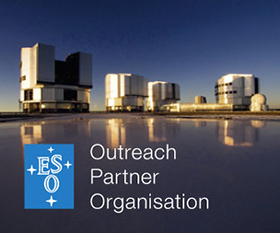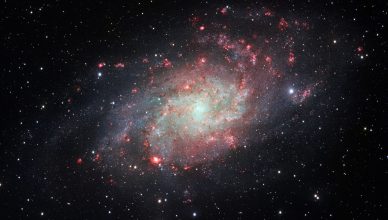
FADO: a ground-breaking tool to reconstruct the history of galaxies
Developed by Instituto de Astrofísica e Ciências do Espaço (IA) researchers, FADO is a novel approach in the study of galaxies, using genetic algorithms.
Read more
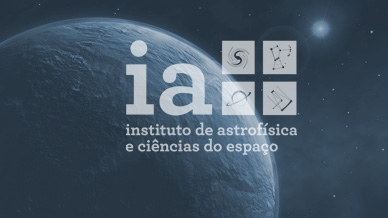
Super Earth May be Best Candidate in Search for Signs of Life
The team, which includes Instituto de Astrofísica e Ciências do Espaço (IA) researcher Nuno Santos, found this rocky exoplanet in the habitable zone of a red dwarf star.
Read more
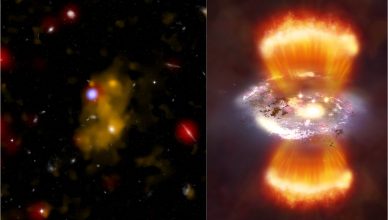
Expanding super bubble of gas detected around massive black holes in the young Universe
These distant radio galaxies can be used by the team, led by researchers from Instituto de Astrofísica e Ciências do Espaço (IA), as laboratories to study the history of galaxy evolution in the Universe.
Read more
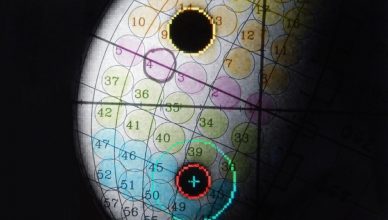
Meridional wind on Venus was detected for the first time in both hemispheres
A third system of winds was detected on Venus and may help explain the super-rotation of the atmosphere on this planet, according to a study by an international team led by a researcher of the Instituto de Astrofísica e Ciências do Espaço (IA).
Read more
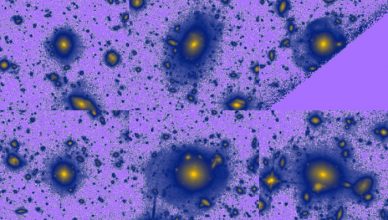
Revealing the origin and nature of the outskirts of stellar megalopolis
A step closer to understanding the growth of galactic giants was taken by a team led by the Instituto de Astrofísica e Ciências do Espaço (IA).
Read more
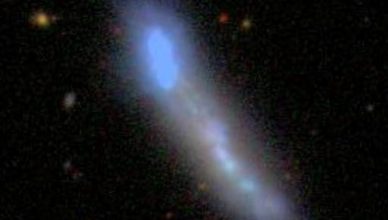
A new tool to study galaxy evolution
New computational tool developed by Instituto de Astrofísica e Ciências do Espaço (IA) researchers, allows for the reconstruction of galaxy morphology, by “stripping off” the outshining young stars.
Read more
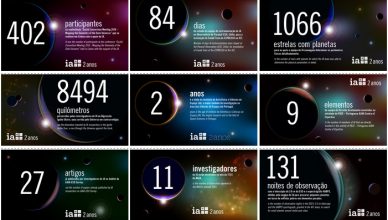
IA in numbers
Upon the celebration of IA’s second anniversary, we presented our science in numbers.
Read more
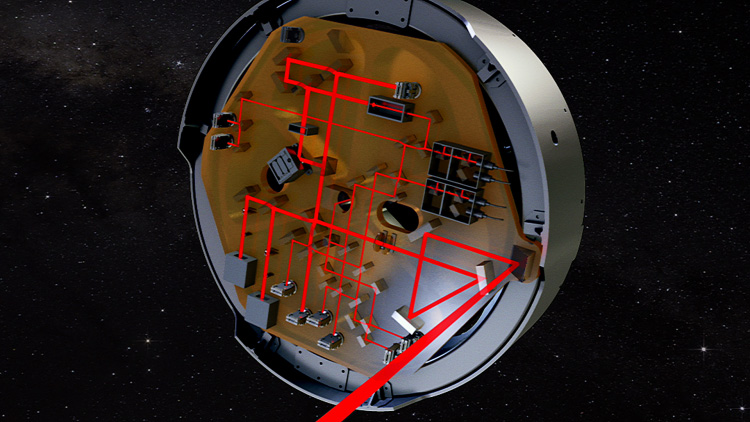
IA contributes to the technology for the detection of gravitational waves
The preliminary design of a component for the future gravitational waves observatory in space, LISA, in which the Instituto de Astrofísica e Ciências do Espaço (IA) is involved, was accepted by the European Space Agency (ESA) on October 26th.
Read more

